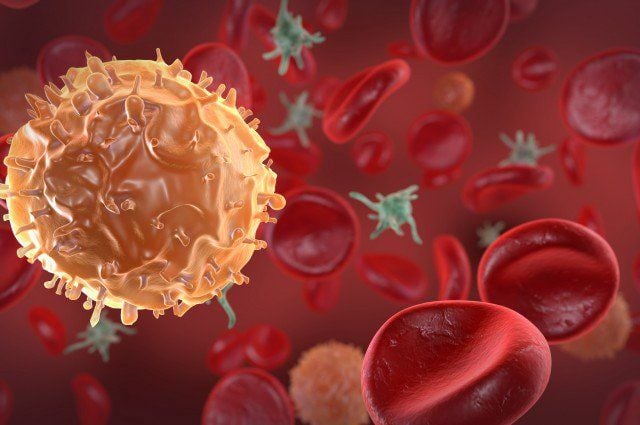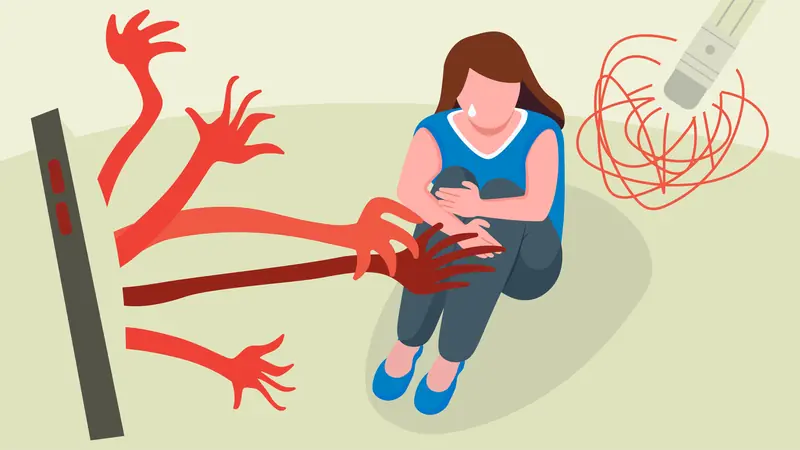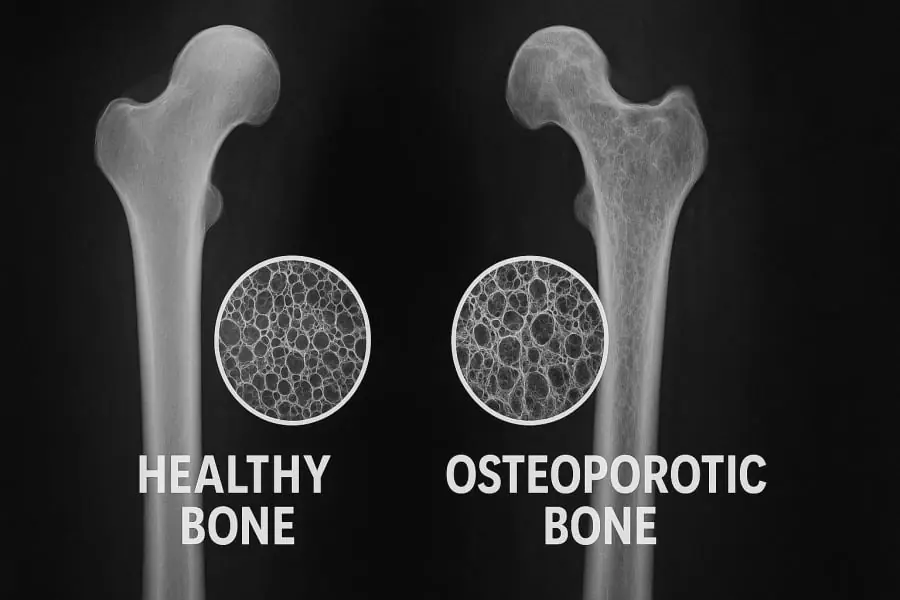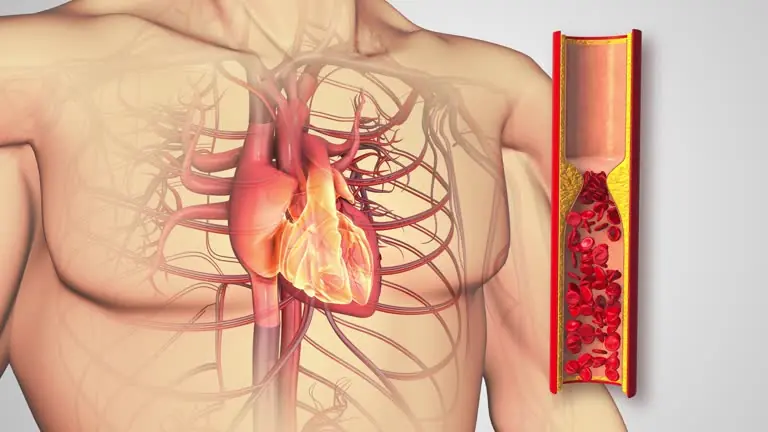
6 Types of Pain That Signal Cancer Cells May Have Reached the Final Stage
Cancer is a disease that often develops silently, with few symptoms in its early stages. By the time it becomes noticeable, it may have already spread throughout the body. One of the most alarming signs that cancer has progressed to an advanced or terminal stage is persistent, unexplained pain. Pain is not just a symptom—it’s often a signal from the body that something is seriously wrong.
While not all types of pain are cancer-related, certain patterns can serve as red flags. Here are six types of pain that doctors and oncologists warn may indicate cancer has progressed to its final stages.
1. Persistent Bone Pain
When cancer spreads to the bones—a condition known as bone metastasis—it causes deep, aching pain, often worse at night or when resting. This pain may not respond well to normal painkillers. Common in advanced breast, prostate, or lung cancer, bone pain typically appears in the back, hips, ribs, or long bones like the arms and legs. In the final stages, it can severely limit mobility and affect quality of life.
2. Abdominal Pain
Unrelenting pain in the abdomen can signal that cancer has spread to organs such as the liver, pancreas, or intestines. In late-stage cancers, tumors can press on surrounding tissues, nerves, or blood vessels, causing cramping, bloating, or a burning sensation. Pancreatic cancer, in particular, is notorious for causing dull but persistent upper abdominal pain that may radiate to the back.
3. Chest Pain or Shortness of Breath
Advanced cancer in the lungs or chest cavity can cause chronic chest pain, tightness, or difficulty breathing. As tumors grow, they may compress the lungs, pleura (the lining around the lungs), or even the heart. This leads to symptoms such as sharp, stabbing pain, coughing up blood, or breathlessness. These signs often appear in the late stages of lung or metastatic breast cancer.
4. Severe Headaches
Persistent, worsening headaches—especially those unrelieved by over-the-counter medication—can be a sign that cancer has spread to the brain. Brain metastases are common in cancers like melanoma, lung, or breast cancer. In the final stage, such headaches are often accompanied by vision changes, nausea, confusion, or seizures, signaling increased pressure within the skull.
5. Lower Back or Pelvic Pain
Pain in the lower back or pelvis is a potential indicator of cancer that has spread to the spine, kidneys, bladder, or reproductive organs. In men, advanced prostate cancer can cause deep, constant pain in this region, while in women, ovarian or cervical cancers may radiate pain to the pelvic and lower abdominal area. This type of pain is often dull, persistent, and increases in intensity over time.
6. Nerve Pain or Numbness
As cancer advances, it may invade or compress nerves, causing symptoms like sharp, shooting pain, tingling, or numbness. Known as neuropathic pain, this is common in late-stage cancers and can affect the arms, legs, or even the face. It is often described as burning or electric shock-like, and typical pain relievers are usually ineffective.
Don’t Ignore Persistent Pain
It’s important to remember that pain alone doesn’t always mean cancer—but pain that is new, unexplained, persistent, or worsening over time should never be ignored. Early detection remains the best defense against cancer, but recognizing signs of advanced disease is equally important for timely palliative care and better quality of life.
If you or a loved one is experiencing any of the types of pain listed above—especially alongside other symptoms like weight loss, fatigue, or changes in appetite—consult a medical professional immediately. In cancer treatment, even a few days can make a significant difference.
News in the same category


Young Woman Suffers from Back Pain and Sleepless Nights, X-Ray Reveals 'Honeycomb Bones' – All Caused by a Popular Beverage

Study Finds: The Body Remembers Trauma Even When the Mind Has Moved On

Increasing Protein Intake May Help Slow Alzheimer’s Progression, New Study Suggests

Eliminating One Food From Your Diet May Significantly Lower Your Colon Cancer Risk, Scientists Say

Oatmeal and Guava: A Natural Remedy for Leg Cramps, Diabetes, and High Blood Pressure

Ancient Herbal Infusion to Cleanse Your Kidneys and Eliminate Toxins

The Hidden Culprits Behind Osteoporosis: 3 Common Drinks You Should Watch Out For

6 Warning Signs You Shouldn’t Ignore – Early Indicators of Cancer

Doctors Reveal the Reasons Why More and More Young People Are Getting Cancer

10 Natural Remedies for Bronchitis to Ease Painful Cough Attacks

Nature’s Top Lymphatic Cleansers: Detox & Strengthen Immunity Naturally

10 Warning Signs Your Body Might Be Giving You About Clogged Arteries

Cleanse Your Liver Naturally with This Powerful Juice: Beetroot, Apple, Carrot, Orange & Ginger

The Surprising Benefits of Combining Eggs and Coffee: A Nutritious and Energizing Pair

Ginger Lemon Juice: A Potent Elixir for Health and Wellness

Leg Pain, Rheumatism, Varicose Veins, Arthritis – Natural Remedy with Cloves & Garlic! 🧄🌿

6 Dementia Symptoms You Might Overlook at First

10 Snoring Solutions Your Partner Will Be Thankful For
News Post

One Day, This Teacher Couldn't Work Due to Pain — Now She's a Single Mom Fighting to Stay Alive for Her Daughter

The Meaning Behind Pope Leo XIV's Name Explained - Details

People at Risk of Cancer Often Show 3 Warning Signs in the Neck – Early Checkups Can Save Lives

President Donald Trump Reacts to the Appointment of the New Pope Leo XIV – Details

Young Woman Suffers from Back Pain and Sleepless Nights, X-Ray Reveals 'Honeycomb Bones' – All Caused by a Popular Beverage

Pope Leo XIV's Real Attitude Toward Donald Trump Uncovered — His Take on the American President

Study Finds: The Body Remembers Trauma Even When the Mind Has Moved On

Increasing Protein Intake May Help Slow Alzheimer’s Progression, New Study Suggests

THIS MAN SAT ON THE FLOOR AND READ ALL DAY—WHEN I ASKED WHY, HIS ANSWER BROKE ME

The Bride Fainted at Her Wedding Because of the Words of an Unknown Girl

Eliminating One Food From Your Diet May Significantly Lower Your Colon Cancer Risk, Scientists Say

I FOUND A LONE PUPPY IN THE TRASH—AND THEN THE CAMERA CAUGHT WHAT I COULDN’T EXPLAIN

WE TOOK OUR DOG FOR ONE LAST WALK—BUT THEN HE DID SOMETHING WE’LL NEVER FORGET IN A LIFETIME

I CHOSE FARM LIFE AS A SINGLE MOM—AND TODAY, SOMETHING HAPPENED THAT MADE ME STOP IN MY TRACKS

Princess Catherine Turns Heads in Waist-Cinching Polka Dot Dress

Two Cardinals Who Nearly Became Pope Instead of Leo XIV – One Has a Surprising Hobby

Entitled Dog Owner Made the Airport Hell for Everyone – She Deserved What I Did at the Gate

Unleash the Power of Ginger and Aloe Vera: A Natural Antibacterial powerhouse
